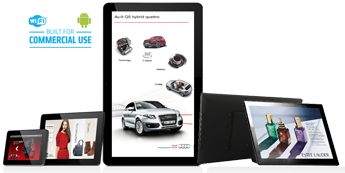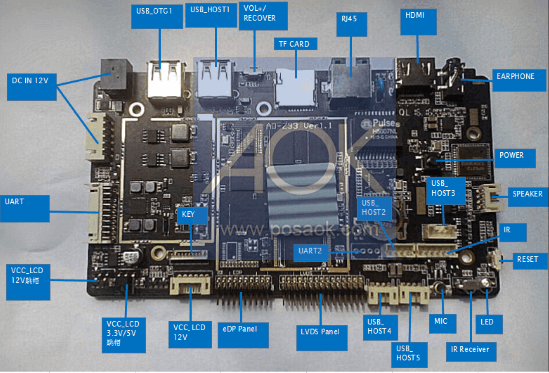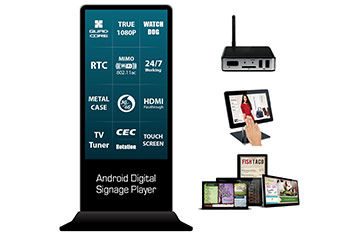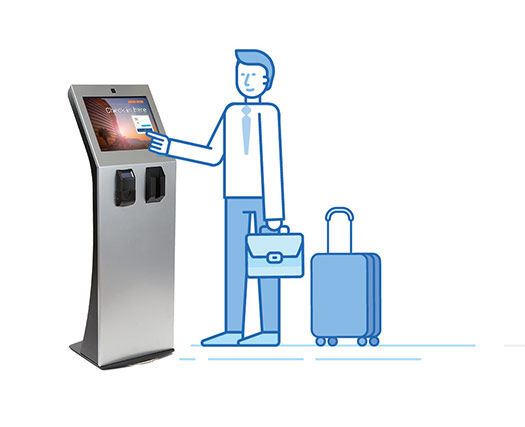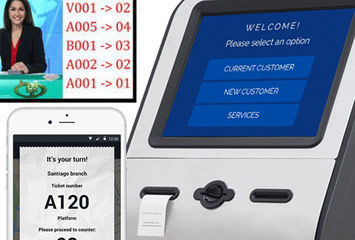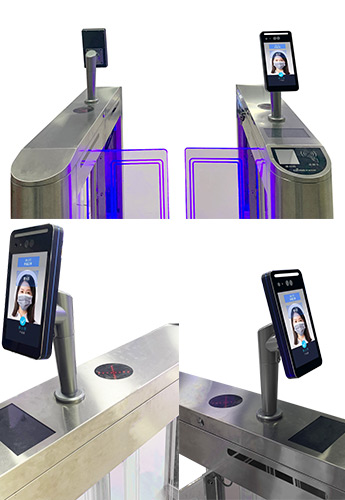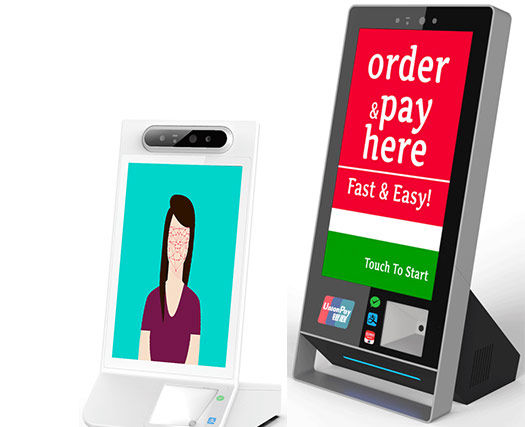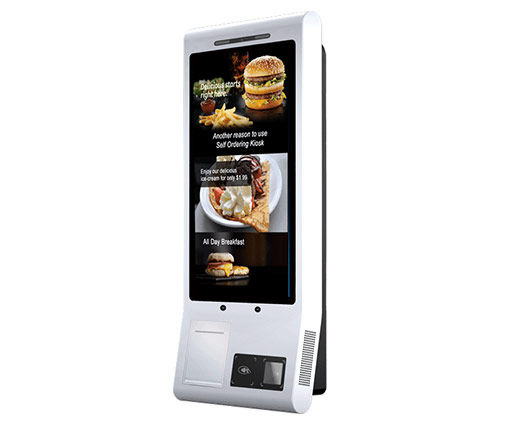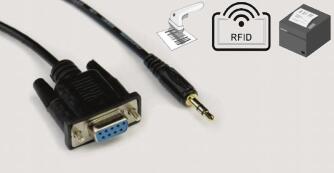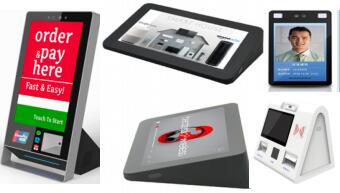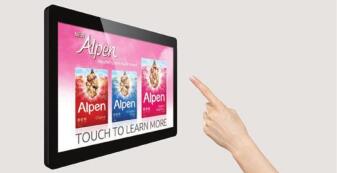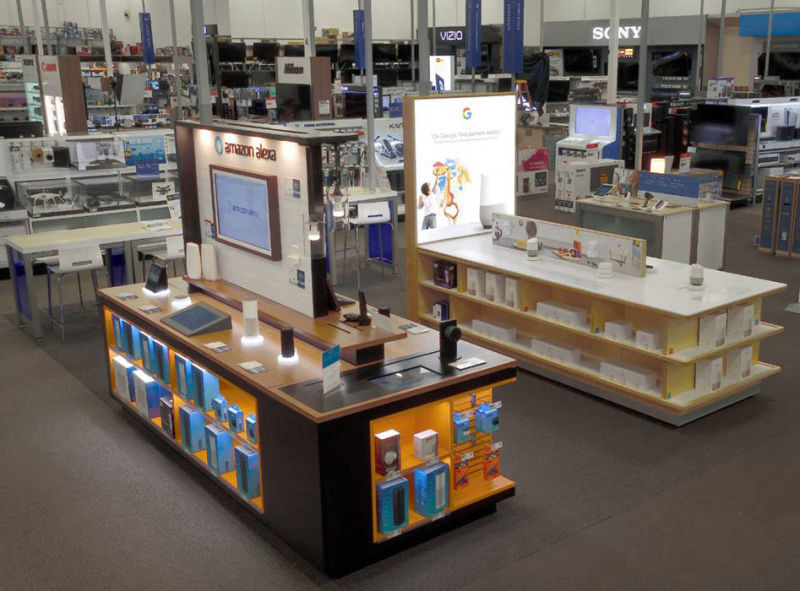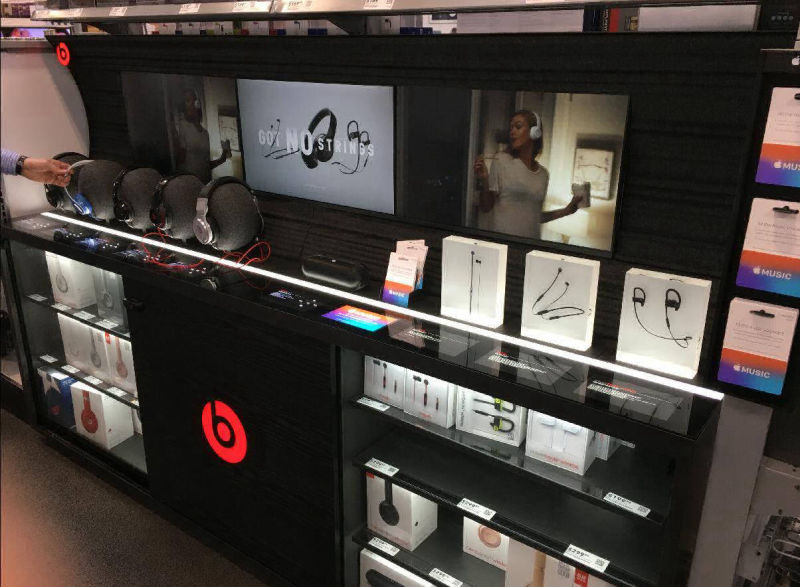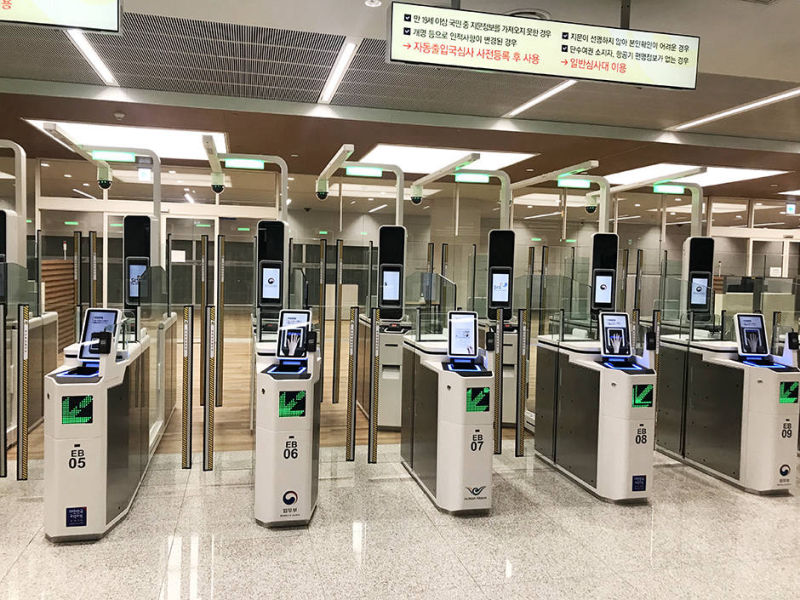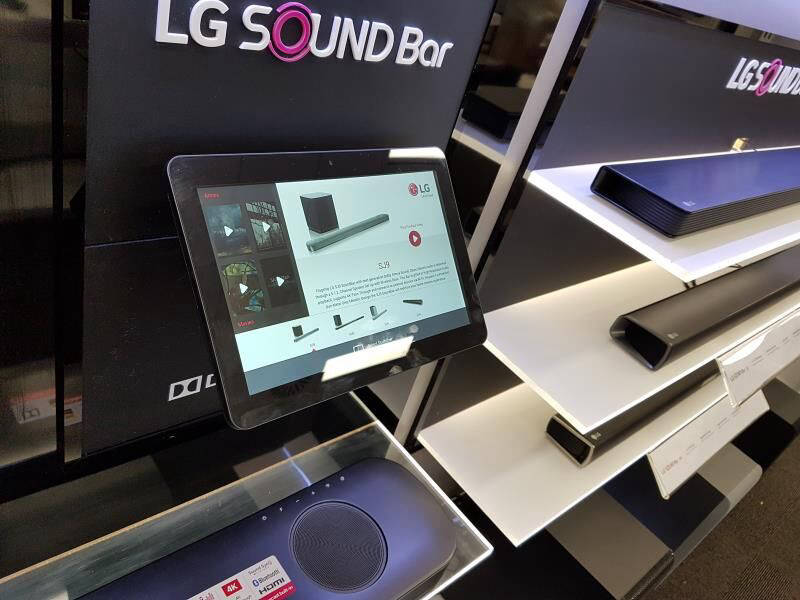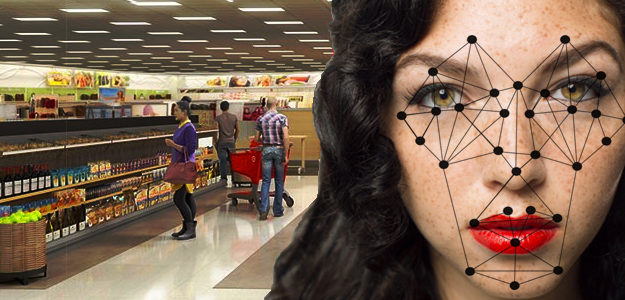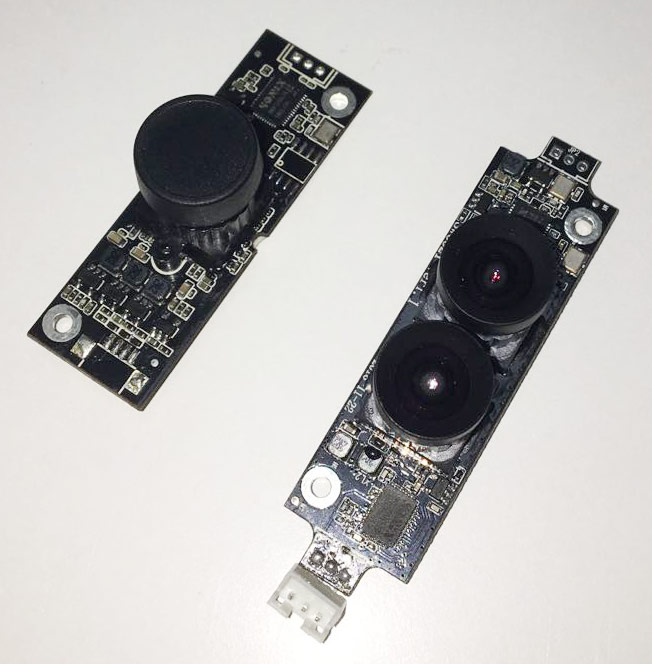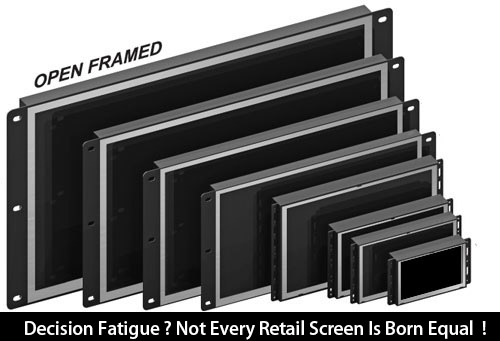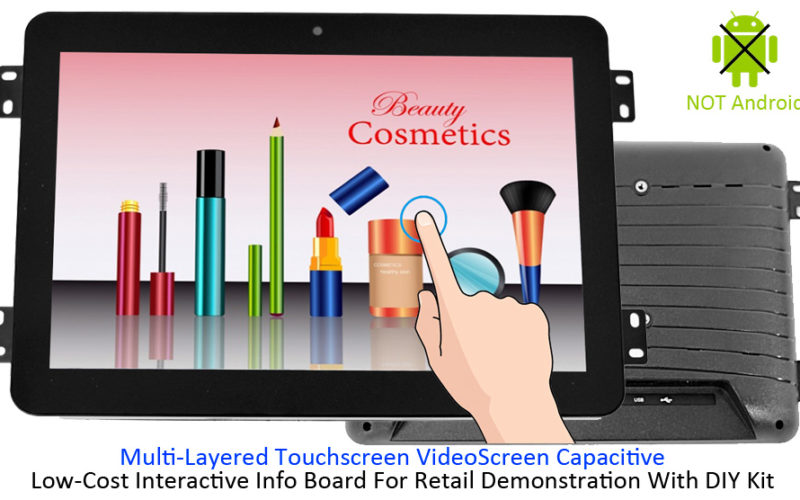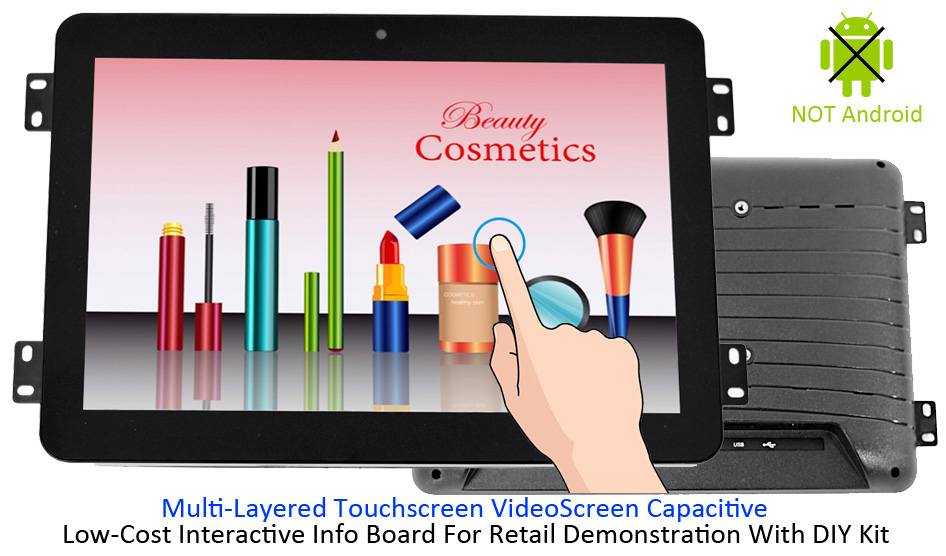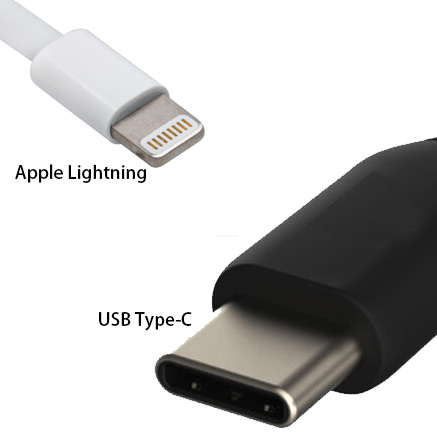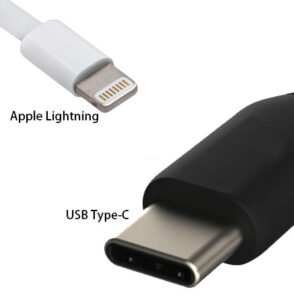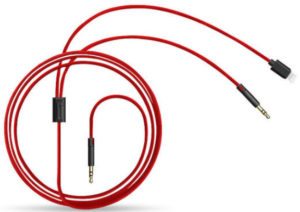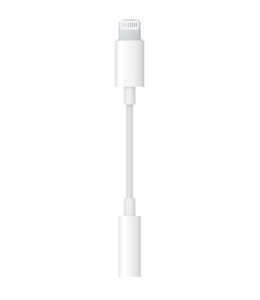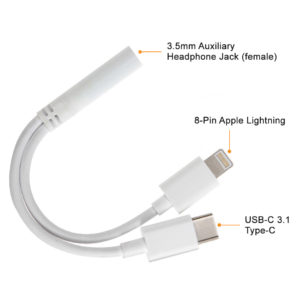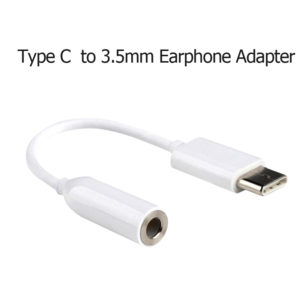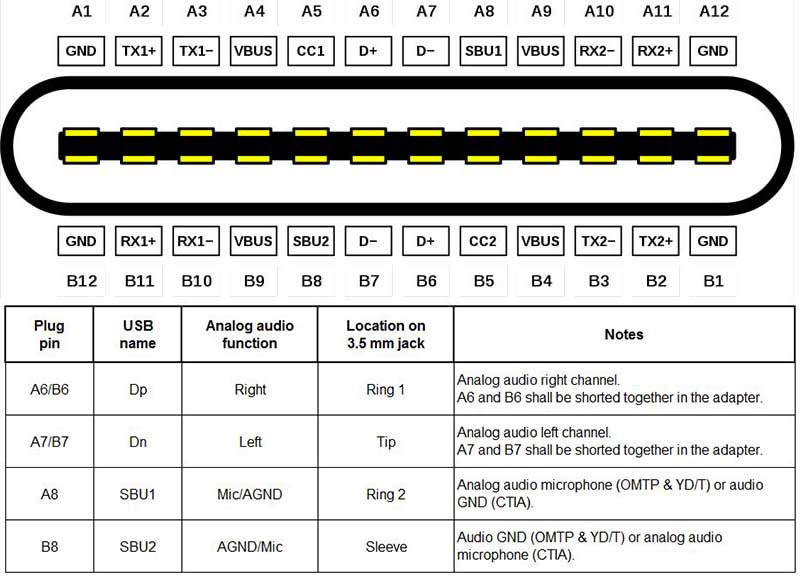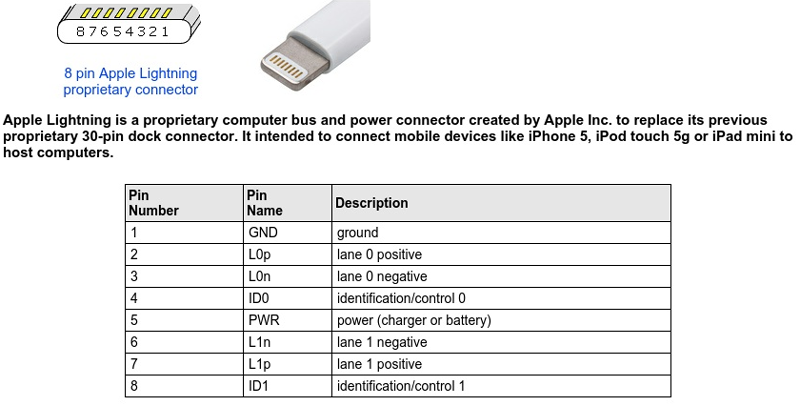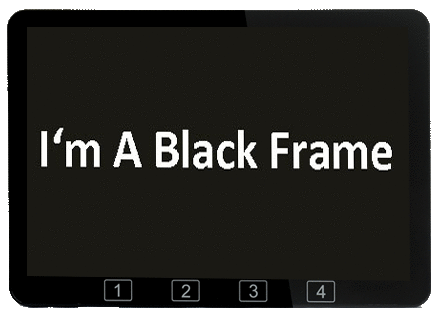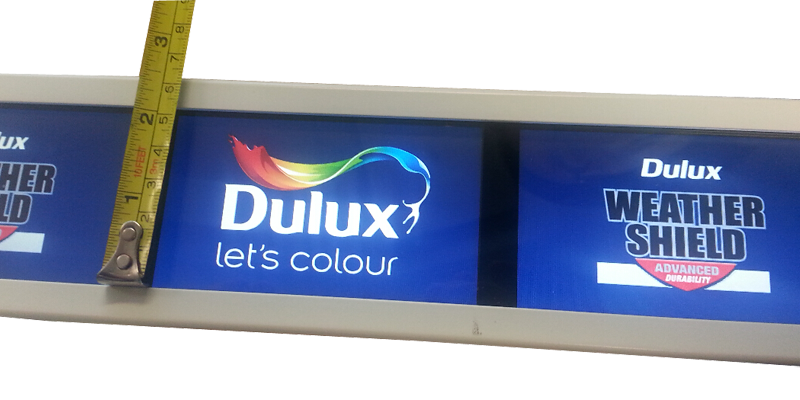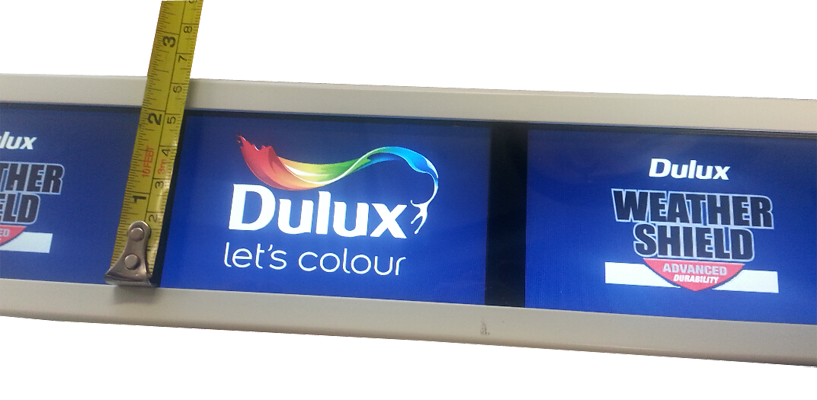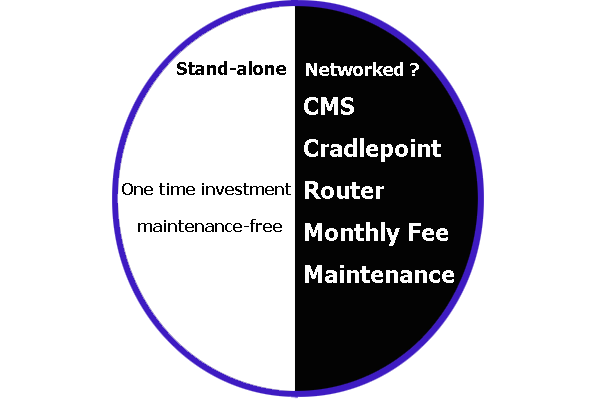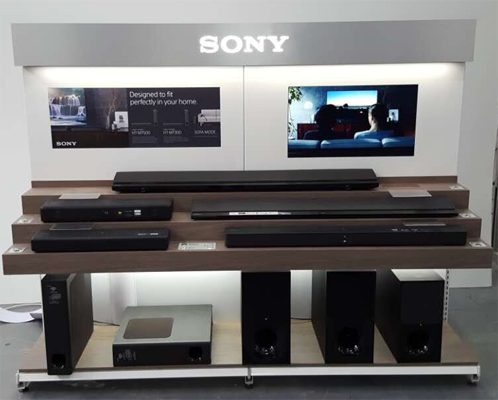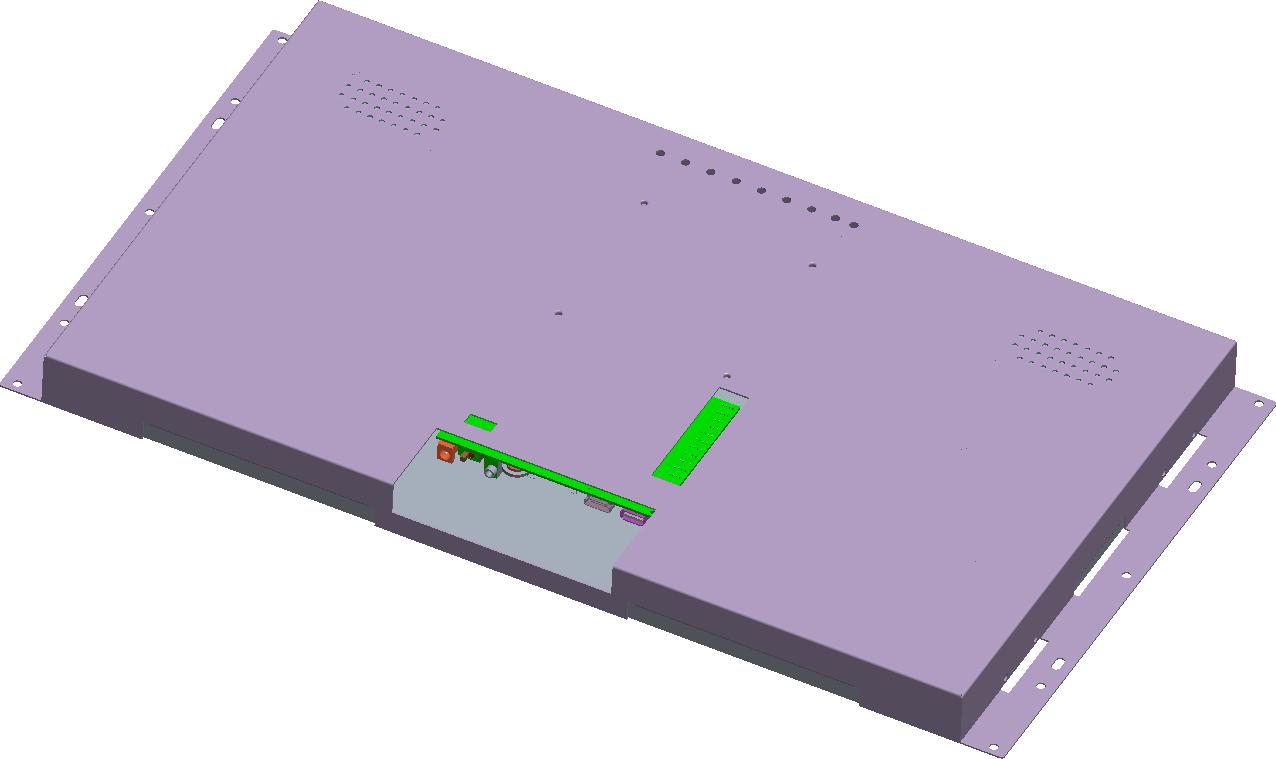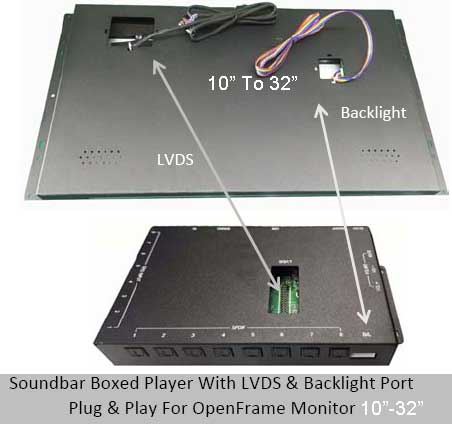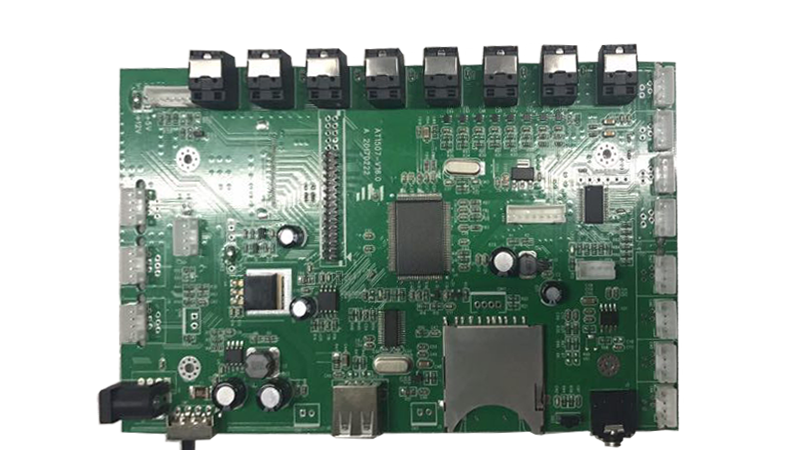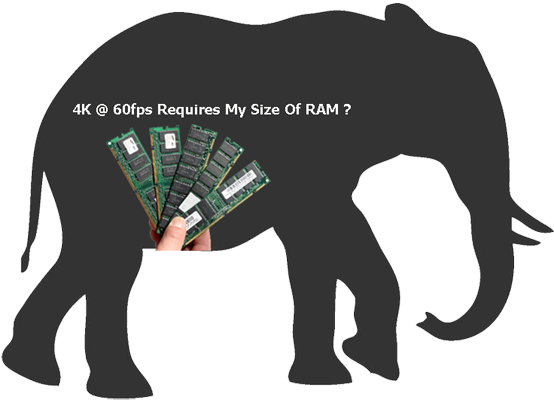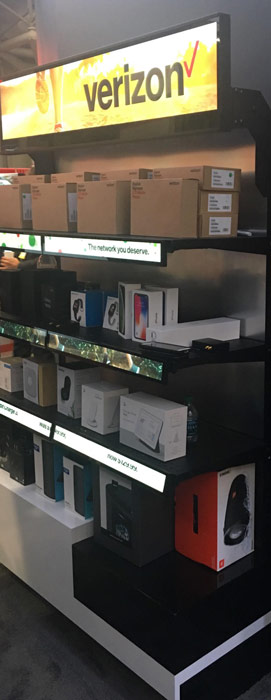
Design+Develop+Production Under One-Single Roof
We design the electronic board, develop the software, and mechanical tooling, then fulfill production in-house.
Different Configurations For Different Applications
Multi-screen bar display or single stretched screen; Stand-alone or Networked; Media Player Screen Or Monitor; Non-touch or touchscreen, we are able to customize & configure the most suitable solution.
Unifiealsld API For Integrating IoT Peripher
Everything required on shelf edge, no matter it is motion sensor, facial recognition camera, or any other retail analytical IoT sensors, we have produced, developed or researched for you.
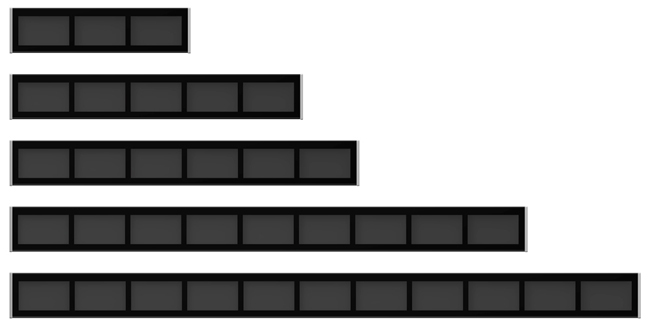
Multi-screen Bar
A Group Of Media Player Screens
Display Your Compelling Video Ads In A Group Of Split Screens,
To Generate Massive Attraction Like A Theatre Display Of 1.5M Wide; Each Screen Stores Its Content With The Same File Name To Form A Playlist With Play Sequence Controlled By The Synchronizer
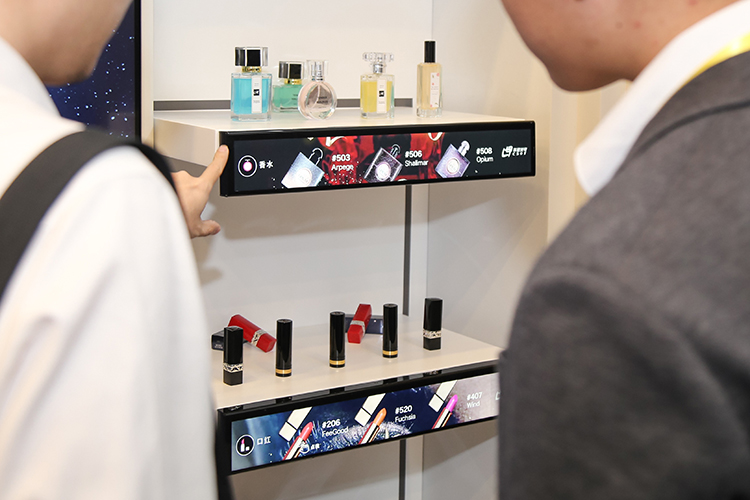
Single Stretched LCD
Up to 48″
The Shelf Screen has an internal media player with full HD video decoder (1080P), plug in a SD card or USB drive with your content then it plays directly in a loop. The solution mother board is available with any interactivity options for retail advertising use.
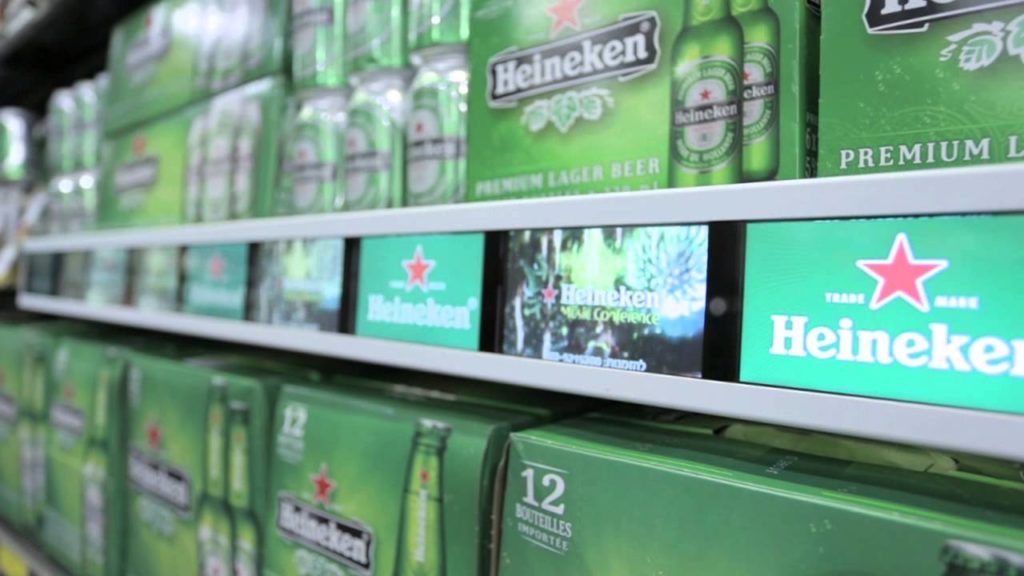
Android Multi-screen
Small Screens, Big Impact
Android Networked Shelf Edge Screen Solution Is Working with 3rd party remote content management system to update the content and device playback logging in real time, the display element can be promo QR code, voucher code, video, image, etc.
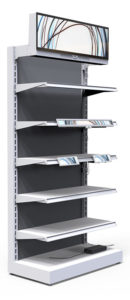
Videowall Monitor Strip Networked
What Big Brands Prefer
Videowall monitors come with HDMI-in & HDMI-Out to connect with media player controller to receive the assigned signage content , the IR sensor is used to set the monitor wall sequence & position (X, Y)
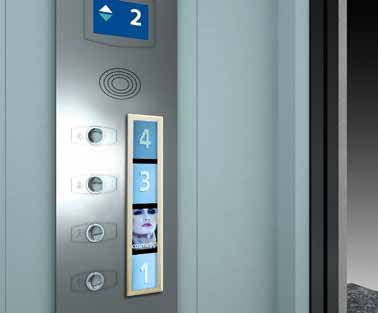
Vertical LCD Strip
Vertical animation
In some application like elevator screen where space is very limited and vertical animation delivers great impact to audience inside.
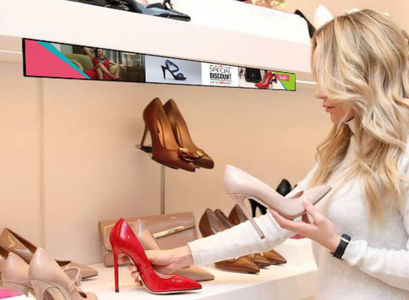
4K Ultra-wide Strip
4ft / 1200mm wide
Shelf Stretched Screen comes in 4K resolution, shelf edge wide size to employ the available space with the greatest efficiency while delivering the highest quality video content, it is available either as monitor, media player or android networked player.


